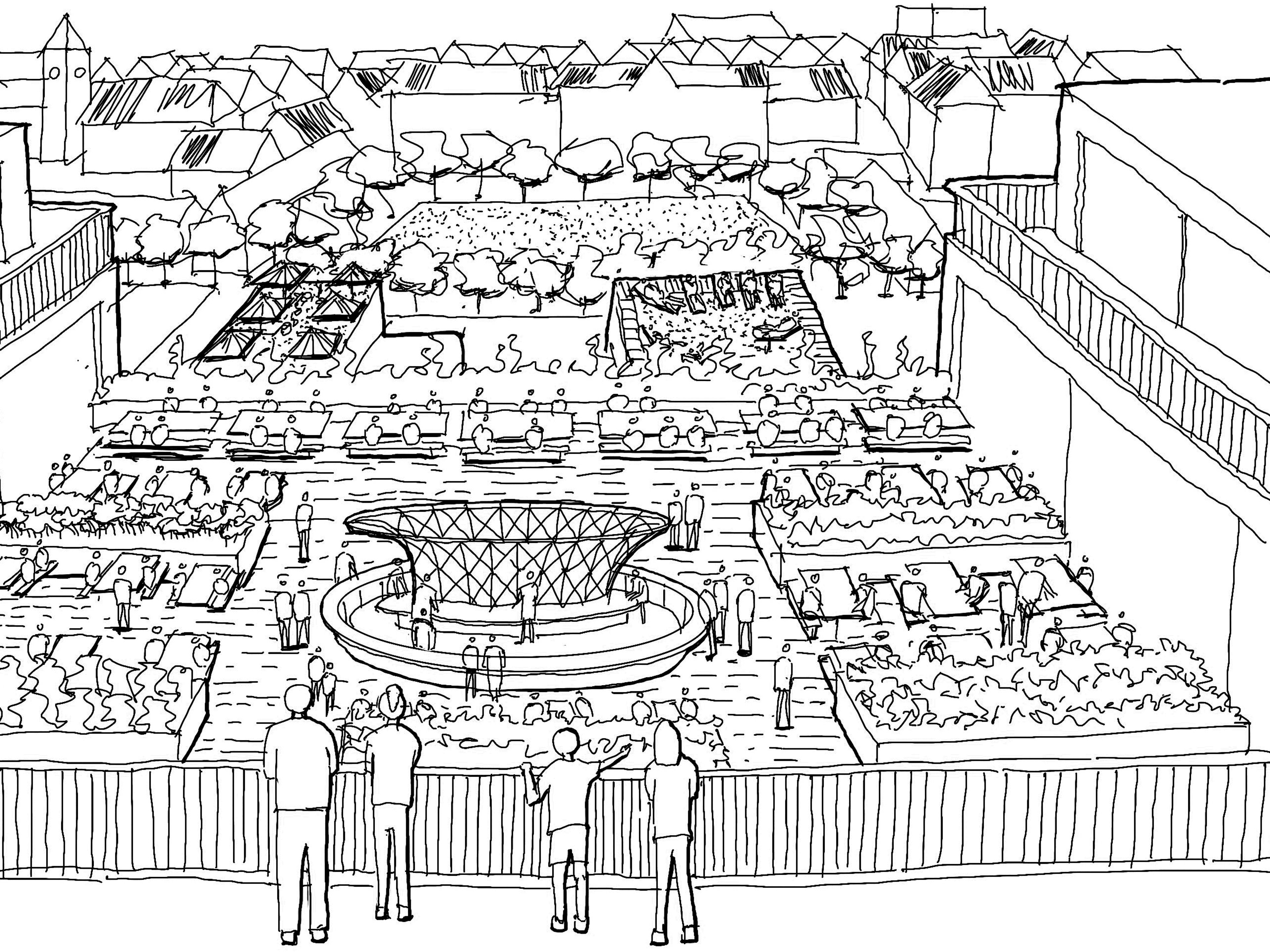
Frictionless retail
by Jack SallabankA range of innovative tech solutions are making their way into retail stores as brands seek to offer customers a frictionless offline shopping experience. Jack Sallabank from Future Places Studio highlights a few to keep an eye out for.

QR codes
Customers can scan QR codes on products to get more information, view lookbooks and videos featuring the product, and in some cases benefit from quick cashless payment systems.

Autonomous shopping carts
Robotic shopping carts follow customers around the store, making the shopping experience easier, especially for those pushing buggies or wheelchairs.

Automated checkout
Amazon’s Go stores use a combination of computer vision, deep learning and sensor fusion technology to automate the payment and checkout process. Customers can pick up items and leave without checking out; payments are made automatically through the Amazon Go app.

VR showroom
Virtual reality showrooms offer a dynamic, interactive buying experience, letting people don VR goggles and see products in a real-world setting. In car showrooms, VR even enables the customer to make changes or upgrades to the car of their choice.

Interactive mirror
With this technology, retailers can scan the items the shoppers want to try on, which are then displayed on an interactive mirror in the dressing room. The mirror can be used to choose a different colour or size, and to select other items of complementary clothing.

Facial recognition
Facial recognition software installed in stores recognises shoppers as they approach, activates their loyalty accounts and, based on previous purchases, can make product recommendations.
Tags
Authors
Jack Sallabank is the founder of Future Places Studio, a place-based research and strategy studio that specialises in exploring the macro and micro trends impacting the built environment.
Publication
This article appeared in Exchange Issue No. 2, which explores the changing nature of the retail sector with contributions and design analysis from leading retailers, developers, consultants and more.
Read more

